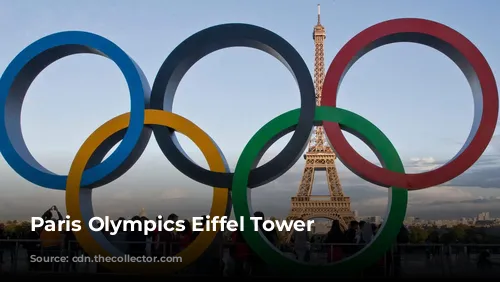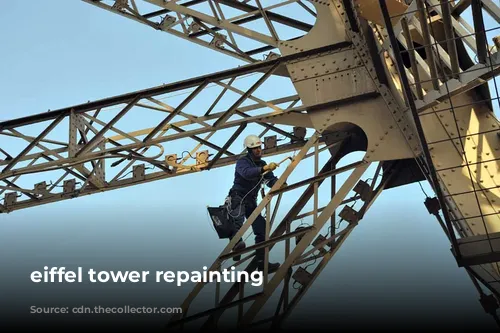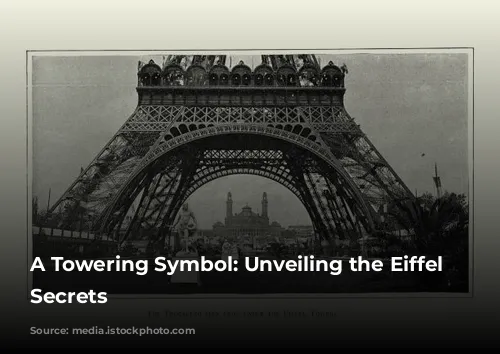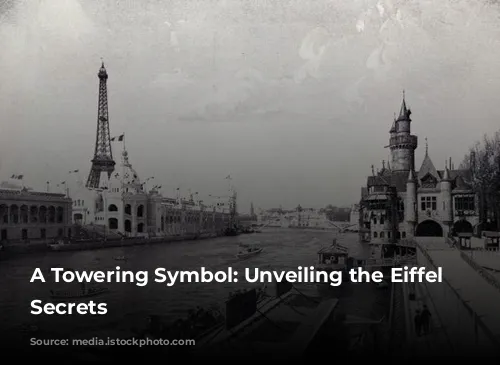The Eiffel Tower, a Parisian icon, stands tall as a testament to ingenuity and architectural prowess. This remarkable structure has captivated the world with its graceful design and fascinating history. Let’s embark on a journey to discover some of the most intriguing facts about this engineering marvel.
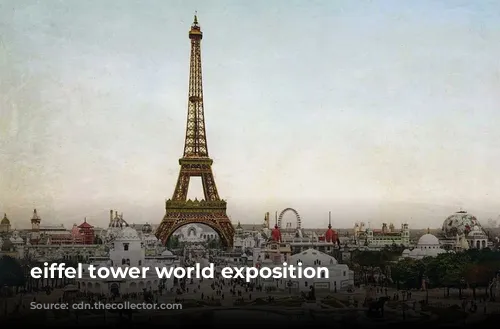
A Visionary Designer: Gustave Eiffel
The Eiffel Tower’s genesis can be traced back to the brilliant mind of Gustave Eiffel, a renowned engineer whose expertise lay in the construction of metal frameworks. Eiffel’s company had already left its mark on the world with structures such as the Porto Viaduct in Portugal and the Viaduct du Garabit in France. His innovative approach to metalwork was evident in the iconic Statue of Liberty, for which he designed the metal framework.
Eiffel’s ambition and vision materialized in the Eiffel Tower, designed to be the centerpiece of the 1889 Paris World Fair. This monumental project, a triumph of engineering, cemented his legacy.
<img src="http://parisyougotme.com/wp-content/uploads/2024/09/a-towering-symbol-unveiling-the-eiffel-tower-s-secrets_172726467598321.webp" alt="
A Triumph of Construction
The construction of the Eiffel Tower, a feat of engineering for its time, took just 22 months to complete. This astonishing speed was achieved with remarkable precision, considering the height and complexity of the project. The tower’s robust structure was built using Puddle Iron, a type of iron prized for its durability.
Most impressively, the construction process proceeded without any reported injuries, a testament to the expertise of the construction crew and the meticulous planning involved.
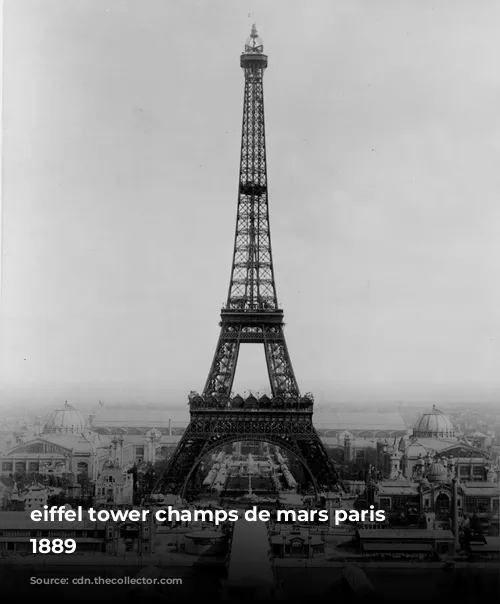
A Towering Presence: Size and Functionality
The Eiffel Tower, standing tall at 986 feet, held the title of the world’s tallest building until 1930. It boasts three levels open to visitors, with the first two accessible via stairs and elevators. The top level, however, requires a climb.
The tower’s functionality extends beyond its impressive height. The first two levels provide a unique dining experience, with restaurants and cafes offering breathtaking views of Paris. Each level also features an observation deck, offering a panoramic perspective of the City of Lights.
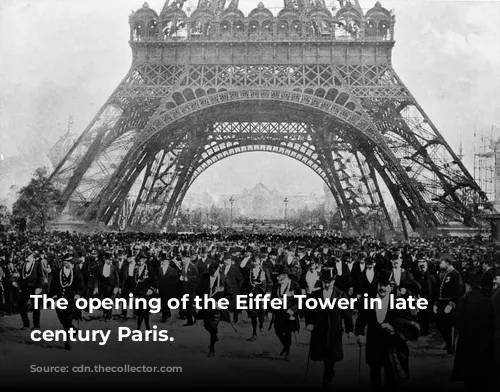
The Eiffel Tower: A Cultural and Artistic Icon
The Eiffel Tower has inspired countless artists, including the celebrated Cubist and Orphist painter Robert Delaunay. Delaunay, captivated by the tower’s presence, depicted it in numerous paintings, exploring its form and structure through various artistic styles.
The Eiffel Tower, a symbol of Parisian modernity, will be adorned with a golden hue in 2024 to celebrate the Paris Olympics. This bold transformation will be a spectacular tribute to this iconic structure.
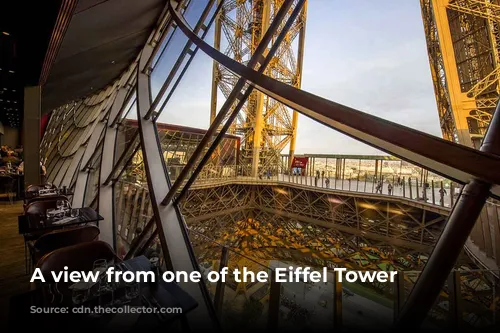
A Legacy That Endures
The Eiffel Tower, a testament to human ingenuity and engineering excellence, continues to attract millions of tourists from across the globe. It stands as a symbol of Paris, its distinctive lattice structure soaring towards the sky.
The tower’s enduring popularity has sparked the creation of replicas around the world, each mirroring its unique architectural charm. From Las Vegas to Sydney, these smaller versions pay homage to the iconic original.
From its construction to its enduring presence, the Eiffel Tower’s story is one of innovation, determination, and artistic inspiration. It stands as a lasting reminder of humanity’s ability to create structures that defy gravity and capture the imagination.
